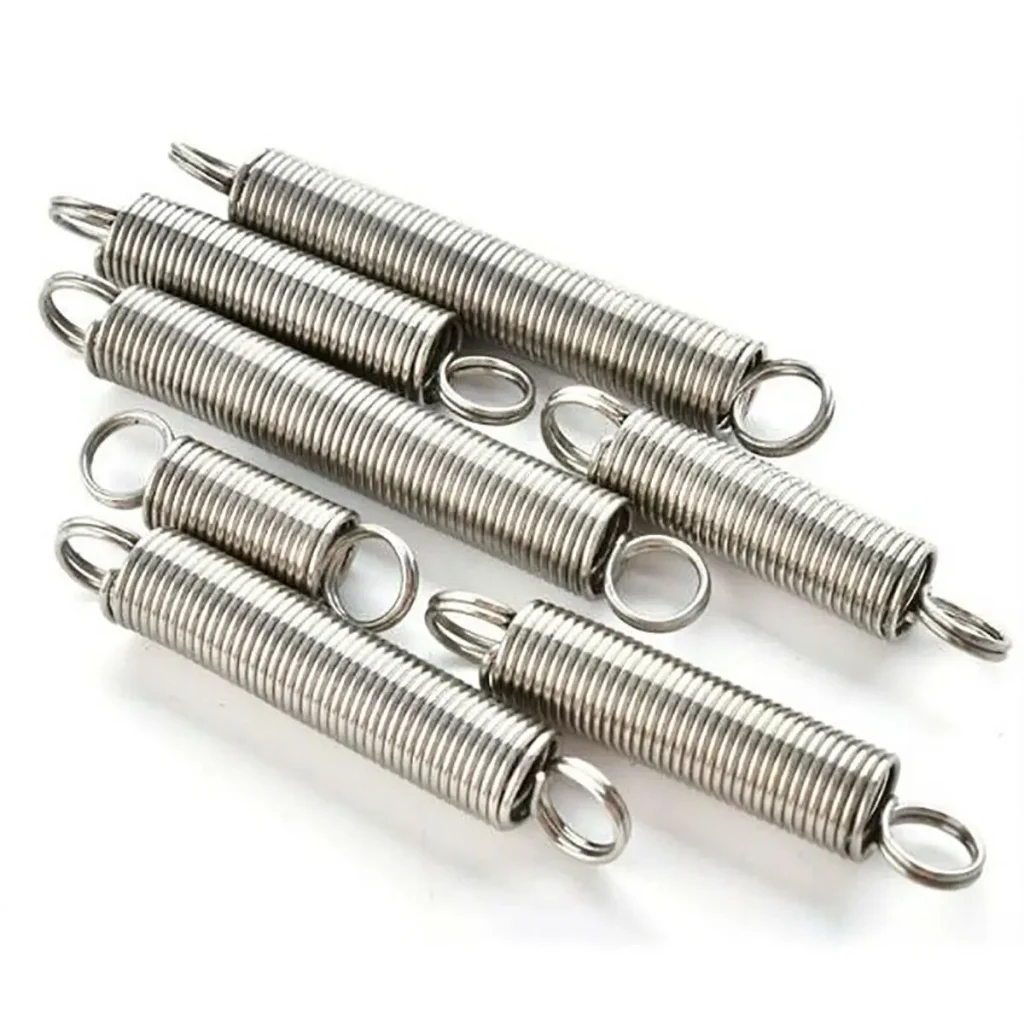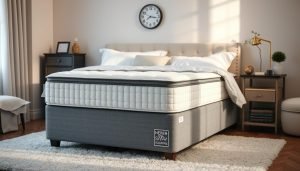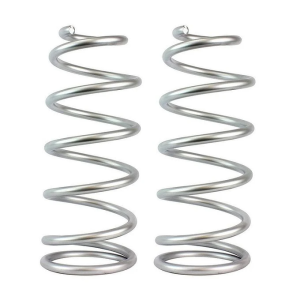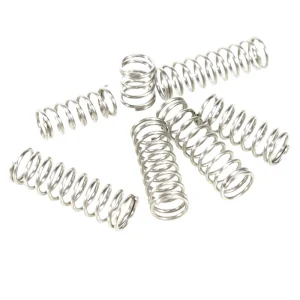Because of its superior mechanical qualities and resistance to corrosion, stainless steel is a commonly used material for creating springs. Two popular austenitic grades of stainless steel are 18/8 and 18/10, among other varieties. Depending on the particular application, selecting one of these two types can have a big impact on the spring’s longevity and performance. We will examine the features of 18/8 and 18/10 stainless steel in this post and contrast their usefulness for making springs.
- General Properties and Composition
A type of stainless steel known as 18/8 stainless steel has about 18% chromium and 8% nickel. Known by another name, Type 304 stainless steel is the most often used alloy of stainless steel because of its superior formability, weldability, and resistance to corrosion.
Conversely, 18/10 stainless steel, often known as Type 316 stainless steel, has roughly 18% chromium and 10% nickel. The corrosion resistance of 18/10 stainless steel is improved by its increased nickel content, especially in settings where chloride ions are present (such as seawater).
- Extensive Contrast
Let’s look at the qualities of 18/8 and 18/10 stainless steel in several important areas that are related to the production of springs in order to better comprehend the differences between them:
| roperty | 18/8 Stainless Steel (304) | 18/10 Stainless Steel (316) | Implications for Spring Manufacturing |
|---|---|---|---|
| Chromium Content | 18% | 18% | Both grades have similar chromium content, offering good corrosion resistance. |
| Nickel Content | 8% | 10% | Higher nickel content in 18/10 provides superior corrosion resistance, especially in harsh environments. |
| Corrosion Resistance | Good, suitable for most environments | Excellent, especially in marine or chloride-rich environments | 18/10 is preferable for springs exposed to high corrosion conditions. |
| Mechanical Strength | High tensile and yield strength | Similar to 18/8, but slightly better toughness | Both are strong, but 18/10 may offer better performance in demanding applications. |
| Cost | Lower due to less nickel content | Higher due to more nickel | 18/8 is more cost-effective, making it a good choice for budget-sensitive projects. |
| Weldability | Excellent | Excellent, with better resistance to weld corrosion | Both materials are suitable for welded springs, but 18/10 offers enhanced durability. |
| Availability | Widely available | Less common, but still readily accessible | 18/8 is easier to source and may be preferable for high-volume production. |
- Resistance to Corrosion
When producing springs, corrosion resistance is especially important, especially when the springs will be used in corrosive or severe settings.
18/8 Stainless Steel is appropriate for the majority of general-purpose springs because it provides strong corrosion resistance in a range of situations. It functions best in settings where it is exposed to moisture, mild acids, and air.
Because 18/10 stainless steel contains more nickel, it resists corrosion much better, especially in places high in chloride, like the sea. For springs that will be in contact with saltwater, de-icing salts, or other corrosive substances, this makes it the best option.
- Characteristics of Materials
Materials for springs must be able to sustain repeated loading and unloading without undergoing irreversible distortion. High tensile and yield strengths are just two of the exceptional mechanical qualities offered by 18/8 and 18/10 stainless steels.
Strong, long-lasting, and offering a good mix of ductility and strength, 18/8 stainless steel is perfect for a variety of spring kinds.
Similar strength but slightly improved toughness and ductility are provided by 18/10 stainless steel, which is useful in springs that experience complicated or severe stress cycles.
- Price and Accessibility
When choosing a material, cost is a crucial factor, particularly in large-scale manufacturing.
Because 18/8 stainless steel has less nickel, it is typically less expensive. It is a more affordable option for large production runs because it is also more commonly available.
Because 18/10 stainless steel contains more nickel, it is more expensive. Nonetheless, in applications where improved corrosion resistance is crucial, the additional expense is justified.
- Verdict: Which Is Better for Manufacturing Springs?
Depending on the particular needs of the application, spring manufacturers must decide between 18/8 and 18/10 stainless steel.
If price is a major consideration and the spring will be utilized in a reasonably moderate area where conventional corrosion resistance is adequate, then choose 18/8 Stainless Steel (304).
If the spring will be in a hard or corrosive environment, like the maritime or chemical industries, where better corrosion resistance is essential, choose 18/10 Stainless Steel (316).
To sum up, 18/8 and 18/10 stainless steels are both great options for making springs. Thorough evaluation of the operational environment, necessary mechanical features, and financial limitations should form the basis of the decision. By taking into account these variables, producers may choose the best material, guaranteeing the spring’s longevity and performance in the intended use.






